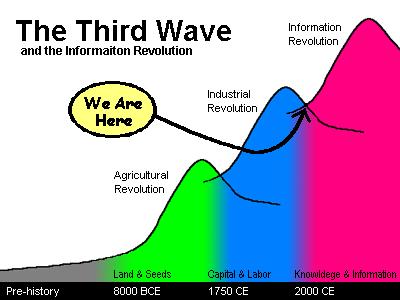Last time, we explored our money supply — how it’s a fractional reserve system, built on a small amount of base money, that is lent against to create greater and greater amounts of more highly leveraged money. Today, we are going to look at that system in action. Specifically, how money is created, destroyed, and how that process has been affected by the Great Recession.
Money Creation and Destruction
The first thing to know about our money supply, is that every day, millions and millions of dollars are created. At the same time, millions and millions of dollars are destroyed. The most obvious example of this is the way old, worn out dollars are destroyed, with new dollars printed to replace them. Historically, the amount of new dollars printed has exceeded the amount of dollars destroyed. This shows up as an ever increasing amount of dollars in circulation.
Just like physical money is printed and destroyed, electronic money is as well. To understand how this works, it is helpful to realize that money = debt.
Money = Debt
If we pretend to live in a world without money, and we ask the U.S. Government (USG) to pay us $5, they would walk over to their printing press and print a $5 bill. When the USG gives us that bill, we are now $5 richer, and the USG now has an outstanding obligation to provide $5 worth of goods and/or services to anyone who presents them with that bill. In other words, the USG has just created a $5 debt obligation.
When that money is returned to the USG, it then has the option to spend it again (roll over the debt), or to keep and/or destroy that money (retire the debt, and decrease the money supply). To summarize, anything the USG does to print or borrow money creates more money, and anything the USG does to retire its debts destroys money.
The Role of Interest, Taxes, Bankruptcy and Default
Normally, this process of creating and destroying money would be a system in equilibrium. However, with the imposition of interest expenses, our money supply is guaranteed to ALWAYS be constrained. You see, money created will circulate until it returns to its source and is retired. However, if interest is charged on the money that has been created, that interest payment must come from someplace.
Using our prior example, if the $5 we received from the USG was lent out for one year at $1 interest, there now exists $6 in obligations. Where did the extra $1 come from? How was it created? Easy answer is that it doesn’t exist, and it wasn’t created. The person who now owes us $6 must borrow an extra $1 to pay us back.
Another major drain on our money supply is federal taxes. While it’s true that some taxes are used to redistribute money from one stakeholder to another, there is also some amount of taxes that are used to retire debt.
These drains on the money supply guarantee that money will always be constrained, and ensures that extra debt obligations can only be eliminated through bankruptcy or default.
Putting this all together, here are the major sources of money creation and destruction:
| Creates Money | Destroys Money |
| Printing Money Borrowing Money |
Destroying Money Paying off Interest Retiring Debts Paying Taxes Bankruptcy Default |
Summary
Today we’ve covered the assorted ways that money is created and destroyed, the role of the U.S. Government in the process, and why bankruptcy and default are built into the system. Next time, we’ll look at the National Debt Limit, the role of the Federal Reserve, and alternatives and consequences to our current system. As always, comments welcome. Until next time …




